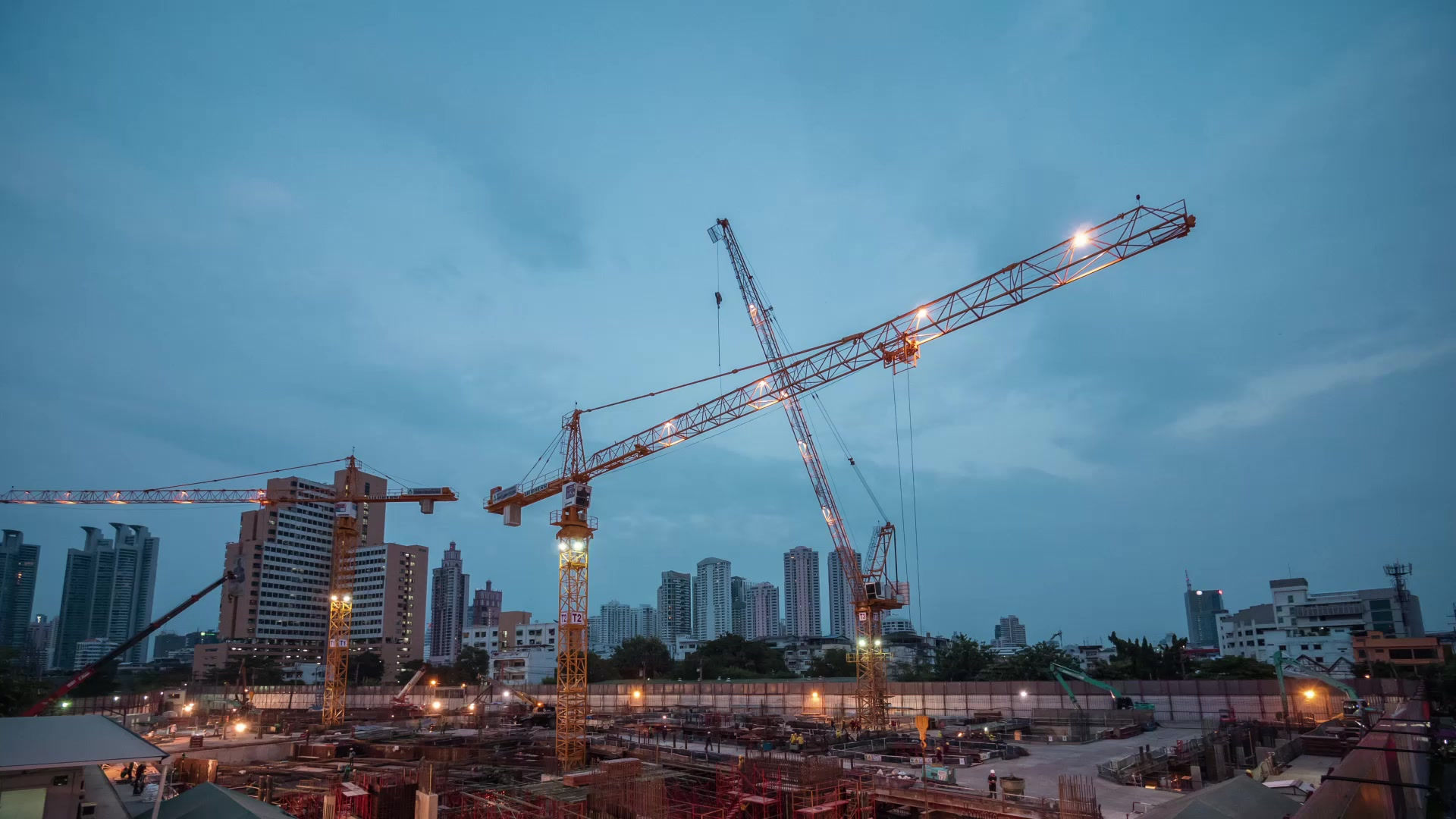🏗️ UK Crane Industry Q3 Update (July–September 2025)
- craneconnectuk
- Oct 3
- 4 min read
As Q3 wraps up, the crane industry in the UK is holding steady. Demand remains strong across infrastructure, energy and city centre construction. Several major projects have set new milestones while technology and sustainability continue to shape the way equipment is used. At the same time, the familiar challenges of labour, cost and compliance remain firmly in place. Here is the full picture of where things stand as we move into the last quarter of the year.
Major Projects Worth Noting
1.Old Oak Common, London (HS2)
This transport hub has become one of the busiest construction sites in the country for tower cranes. Multiple luffing jib cranes are working in close quarters with anti collision systems keeping everything safe. The scale of lifting combined with the pace of activity makes this a good example of how complex multi crane urban projects can be managed successfully.
2.Hinkley Point C — Dome Lift Milestone
This quarter saw the successful lift of a 245 tonne dome using one of the largest crawler cranes in operation worldwide. It was a carefully planned lift that showed the technical capability of the industry on high risk energy projects. These kinds of operations demonstrate both precision and confidence in the equipment.
3.Liverpool Port Expansion
The expansion of facilities at the port has involved the installation of new quay cranes with mobile harbour cranes and heavy crawlers playing a central role. Once completed the upgrades are expected to boost capacity and employment in the region which highlights how crane intensive projects feed directly into the wider economy.
4.Leeds Urban Regeneration
The regeneration programme in Leeds has relied on compact and self erecting cranes for residential and mixed use sites. GPS based lift planning has helped reduce disruption in crowded neighbourhoods. This is a good example of how smaller cranes and smarter planning can deliver results in a dense urban environment.
What is Driving the Market Right Now
Infrastructure and net zero projects
Big government backed schemes are still the foundation of demand. Nuclear, offshore wind and major transport projects like HS2 are keeping crawler and heavy lift cranes in work. The national push toward renewables and net zero targets means these projects are not short term spikes but long running sources of crane activity.
Smarter and connected fleets
Telematics, predictive maintenance and real time monitoring are becoming the norm. Hire firms are investing in equipment that can be tracked, diagnosed and optimised remotely. This reduces downtime and makes compliance easier, while also giving contractors more confidence that lifts will run smoothly.
Rental remains the safer option
Buying new cranes is expensive and delivery times are long, so many contractors are sticking with hire. Rental gives them flexibility when projects shift. Industry surveys show rental firms are planning more fleet investment in 2025 which suggests confidence that demand will remain steady.
Cleaner equipment in cities
Local councils are tightening restrictions on diesel plant in urban areas. That pressure is driving more interest in hybrid and low emission cranes for dense city projects. Firms that can offer greener options are more competitive in these settings and it is clear that expectations are shifting fast.
Challenges the Industry Cannot Ignore
Immigration / Visa restrictions tightening
Recent changes in visa policy are putting pressure on sectors that rely on skilled foreign labour, construction included. The Skilled Worker visa and Global Business Mobility visa have eligibility requirements (skill levels, salary thresholds) that many essential crane roles or support trades don’t meet. That means fewer overseas operators or rigging specialists may be eligible, which worsens already-strained labour supply.
Material and input cost inflation
Costs for steel, fuel, metals, components and spare parts have continued to rise. Combined with inflation more broadly and rising wage demands there is a squeeze on margins. Smaller firms or newer entrants who cannot absorb or pass on these costs are under particular pressure.
Stricter regulatory and safety standards
Contractors and crane hire firms are facing increasing requirements for compliance. One example is the growing insistence on EN 13000 compliance for spider cranes etc, which meet higher safety standards. Clients are asking for it to reduce risk, insurers are expecting it, and non-compliance may mean losing contracts. The administrative burden of meeting safety legislation, environmental rules and noise/emissions standards is rising.
Skills shortfalls getting worse
The shortage of qualified crane operators, riggers, plant engineers and safety specialists is intensifying. Reports show a big rise in ‘skills gap’ vacancies in civil engineering and in construction more broadly. Many in the workforce are reaching retirement with fewer young workers replacing them. Training programmes exist but are struggling to scale.
What to Watch in Q4
The government has committed further funding to key infrastructure pipelines. For example, the Lower Thames Crossing was granted an additional £590 million, reinforcing its role as a major road project to support freight routes and connectivity. Also, the planned 10-year infrastructure investment package (roughly £725 billion) signals more project opportunities ahead, especially in transport, bridges and power networks. These pledges aren’t guarantees, but they give clearer direction about where lifting resources may be needed.
Wrapping Up
Q3 has been a strong quarter with major lifts at Hinkley, significant activity on HS2 and steady demand in regional cities. The shift towards greener equipment and digital tools is becoming more visible while the same challenges of labour, supply chains and rising costs continue to weigh on the industry.
What about you. Are you seeing more demand for greener cranes in your area or is the shortage of skilled operators the bigger issue right now. Share your thoughts in the comments as it is always useful to hear how others are approaching these challenges.
Onyeka Obi
Chief Operating Officer / CraneConnect Ltd




Comments